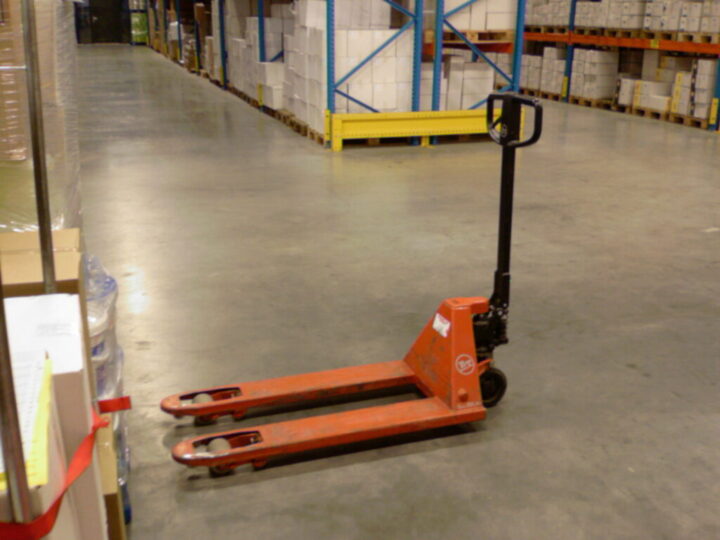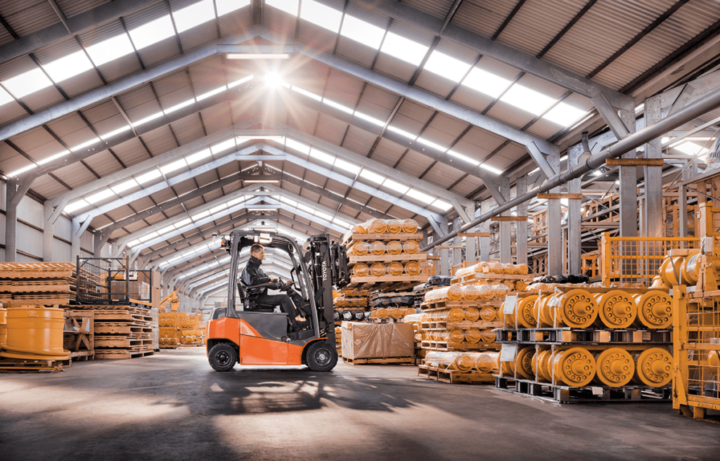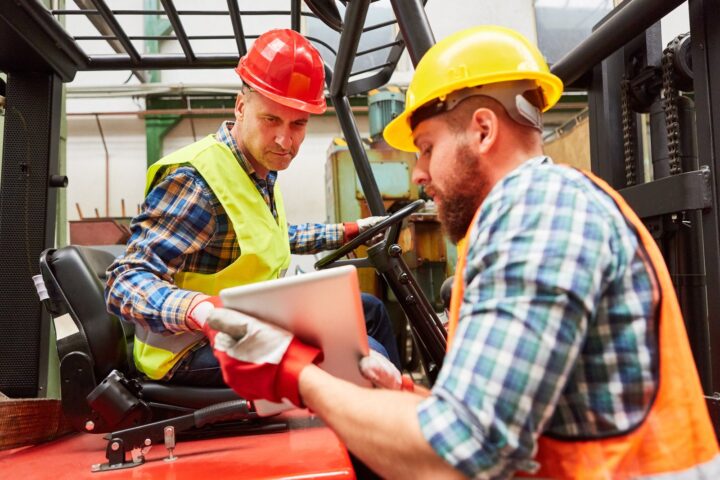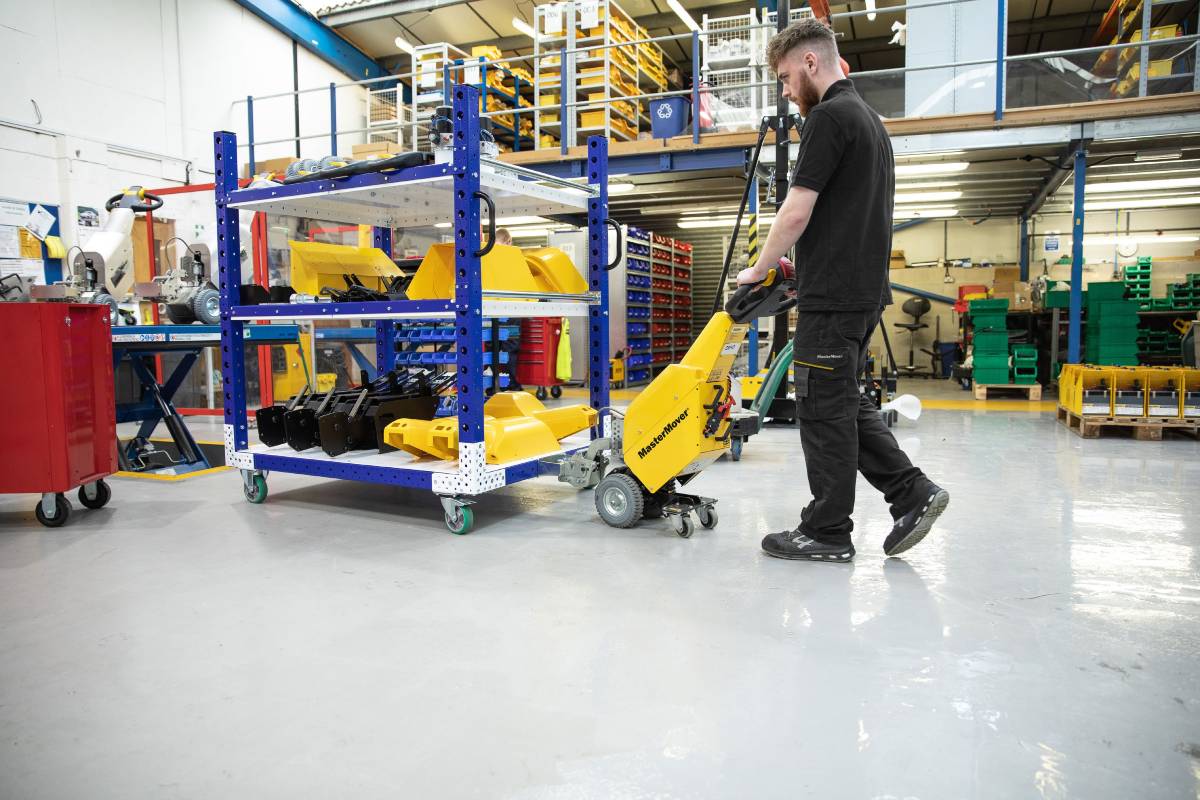Selecting the right material handling equipment (MHE) for your warehouse is pivotal for enhancing efficiency, safety, and productivity. The vast array of equipment available can make this decision seem daunting. However, understanding your specific needs and the capabilities of different types of MHE can simplify this process. This guide aims to demystify the selection process, offering valuable insights into how to choose the best equipment for your operations, ensuring that your warehouse runs like a well-oiled machine.
Understanding Your Warehouse Needs
Every warehouse has its spatial dynamics and layout, which significantly influence the choice of MHE. The first step is to assess the physical dimensions of your space, including ceiling height, aisle width, and floor load capacity.
These factors determine the size and type of gear that can be safely and effectively operated within your warehouse. For instance, narrow aisle forklifts may be ideal for warehouses with limited space, while larger, more robust tools might be suitable for spacious warehouses with wide aisles.

The nature and volume of materials your warehouse handles are equally critical in selecting the right MHE. Whether dealing with palletized goods, bulk materials, or small packages, each requires specific equipment for optimal handling. High-volume operations may benefit from automated solutions like conveyor systems, while lower volumes might be efficiently managed with manual tools such as hand trucks or pallet jacks.
Safety and ergonomics play a vital role in the selection of MHE. Equipment that enhances safety not only protects your workforce but also minimizes the risk of damage to your goods and facility.
Ergonomically designed equipment can significantly reduce the risk of work-related injuries, boosting productivity and employee satisfaction. Therefore, considering features like ease of operation, visibility, and comfort is essential.
Evaluating Equipment Options
With a clear understanding of your warehouse needs, you can now explore the various options. This section delves into the characteristics of different types of MHE, helping you make an informed choice.
Manual vs. Automated Equipment

The debate between manual and automated equipment is primarily influenced by your operation’s scale, budget, and complexity. Manual handling equipment, such as hand trucks and pallet jacks, is cost-effective, easy to maintain, and suitable for a wide range of applications.
On the other hand, automated equipment, like conveyor belts and robotic forklifts, can significantly enhance efficiency and accuracy in high-volume or complex operations. However, they require a higher initial investment and ongoing maintenance costs.
Specific Equipment Types
Understanding the capabilities and limitations of specific gear types is crucial. Forklifts, for instance, are versatile and come in various models suited for different tasks, from lifting heavy loads to maneuvering in tight spaces.
Conveyor systems, whether roller or belt, excel in moving goods over short to medium distances within your facility. Meanwhile, storage solutions like shelving and racking systems are essential for optimizing space and organizing inventory.
Considering Flexibility and Scalability
Your choice of MHE should not only meet your current needs but also accommodate future growth. Equipment that offers flexibility in use and can be easily scaled up as your operations expand is a wise investment.
For example, modular conveyor systems can be reconfigured or extended, and forklift attachments can be swapped to handle different types of loads. Selecting adaptable equipment ensures that your warehouse can evolve without requiring a complete overhaul of your infrastructure.
Making the Final Selection

With a thorough understanding of your needs and the available equipment options, you’re well-equipped to make your final selection. However, a few additional considerations can help ensure that you choose the most suitable apparatus for your warehouse.
Cost-Benefit Analysis
While cost is a significant factor, it’s important to look beyond the price tag. Conducting a comprehensive cost-benefit analysis that includes initial purchase price, operating costs, maintenance expenses, and potential savings or gains in efficiency can provide a clearer picture of the kit true value. Investing in higher-quality or automated equipment may have a higher upfront cost but can lead to significant savings and productivity gains in the long run.
Vendor Selection and Support
Choosing the right vendor is as crucial as selecting the equipment itself. Look for vendors with a solid reputation, extensive industry knowledge, and reliable after-sales support. A good vendor will not only offer high-quality tools but also provide valuable advice, training, and maintenance services. This support can be invaluable in ensuring your equipment operates efficiently and remains in good condition over its lifespan.
Implementation and Training

Finally, consider the implementation process and the training required for your team to operate the new apparatus safely and effectively. Smooth implementation minimizes disruption to your operations, while comprehensive training ensures that your staff can maximize the benefits of the new equipment. Investing in both can significantly enhance the return on your investment in new equipment.
Embracing Technological Advances
The material handling industry is continuously evolving, with technological advancements playing a significant role. Adopting the latest technologies can significantly enhance the efficiency and accuracy of warehouse operations.
Automation and robotics are revolutionizing the way warehouses operate. Automated guided vehicles (AGVs) and robotic picking systems can drastically reduce manual labor, minimize errors, and speed up order processing.
Implementing these technologies can be a game-changer, especially for warehouses dealing with high volumes or requiring precise handling of goods. While the initial setup costs may be substantial, the long-term benefits in efficiency, productivity, and accuracy can justify the investment.
The Internet of Things (IoT) and data analytics offer unprecedented opportunities for optimizing material handling. By equipping MHE with IoT sensors, warehouse managers can gain real-time insights into performance, maintenance needs, and operational efficiencies. Data analytics can further analyze this information to identify trends, predict future needs, and facilitate informed decision-making. This integration of technology enhances not just the physical handling of materials but also the strategic management of warehouse operations.
Conclusion
Choosing the right material handling equipment for your warehouse involves a careful analysis of your needs, an understanding of the different types of equipment, and a strategic approach to selection. By considering your space, material types, safety, and ergonomics, evaluating manual versus automated options, specific equipment types, flexibility, and scalability, and conducting a thorough cost-benefit analysis, you can make an informed decision that boosts efficiency, safety, and productivity in your warehouse.
Remember, the goal is to find tools that not only meet your current needs but also support your warehouse’s growth and evolution over time. With the right approach, selecting the perfect material handling equipment can transform your warehouse operations, paving the way for continued success.

